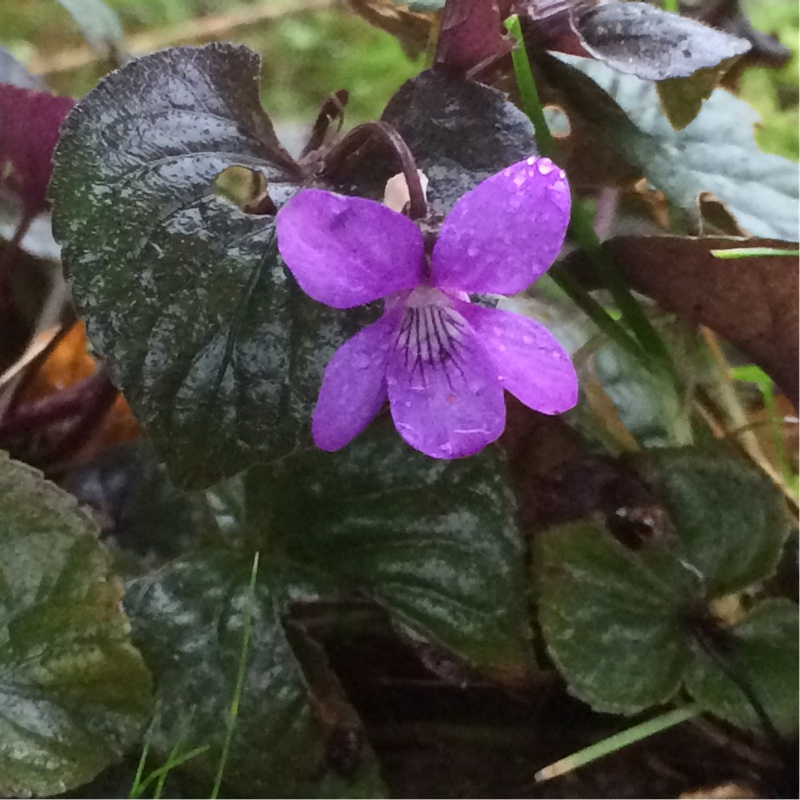
Viola riviniana 'Purpurea'
Common dog-violet
The common dog violet is a native in Britain, and often found in woodlands and hedgerows. It flowers a little later than another native - the sweet violet, which is a scented violet, and has a darker spur behind the flower, whereas the common dog violet's spur is paler than the petals.
Contributed by @tiggrx
-
Full sun to partial shade
-
Occasional watering
-
Full Frost Hardy: 5F (-15°C)
-
Moist and fertile
Common name
Common dog-violet
Latin name
Viola riviniana 'Purpurea'
type
Herbaceous Perennials
family
Violaceae
ph
5.0 - 7.0 Acid - Neutral
Plant & bloom calendar
-
Best time to plant
-
When the plant will bloom
full grown dimensions
 0.20 M
0.10 M
0.20 M
0.10 M
Viola riviniana 'Purpurea'
The common dog violet is a native in Britain, and often found in woodlands and hedgerows. It flowers a little later than another native - the sweet violet, which is a scented violet, and has a darker spur behind the flower, whereas the common dog violet's spur is paler than the petals.
Propagation by seed
From Mid Summer TO Late Summer
Sow seeds for V.tricolor and V. wittrockiana in mid to late Summer, either outdoors in a damp shaded site, or boxes placed in a cold frame. Transplant the seedlings into nursery beds, 4 inches apart until they are moved to a flowering site in Autumn. Seedlings sown in the cold frame should be potted up to 3 inch pots of John Innes No 1 and overwintered in the cold frame and moved to the flowering site in Spring
Summer or winter flowering
From Late Spring TO Early Spring
The summer flowering hybrids are in bloom from late Spring to early Autumn. Winter flowering varieties usually bloom from mid Winter to mid Spring, occasionally in the Autumn.
Planting Outdoors
From Early Autumn TO Late Spring
Plant violas in Autumn or Spring. Plant in any fertile, moist but well drained soil in sun or partial shade.



























